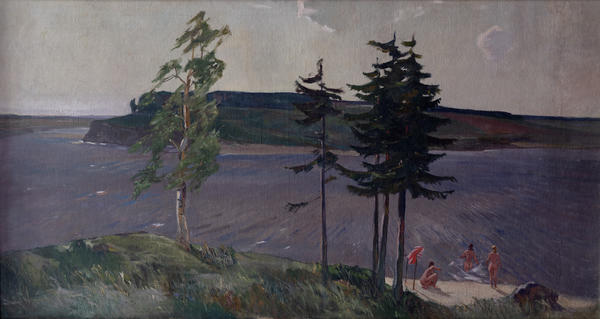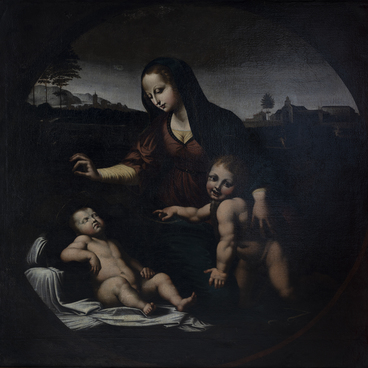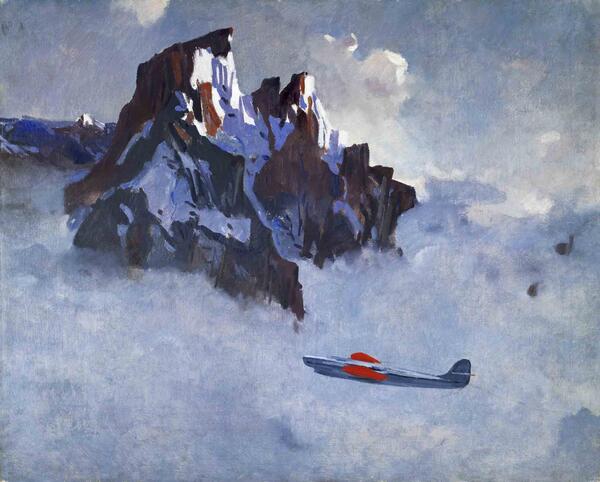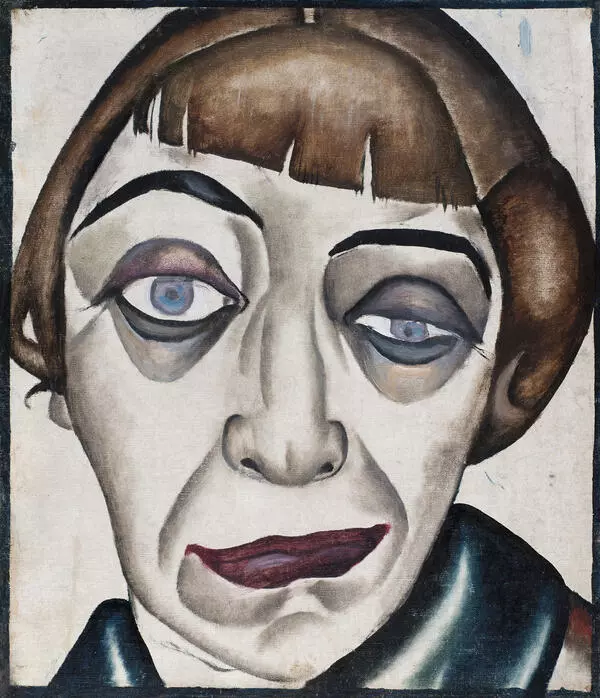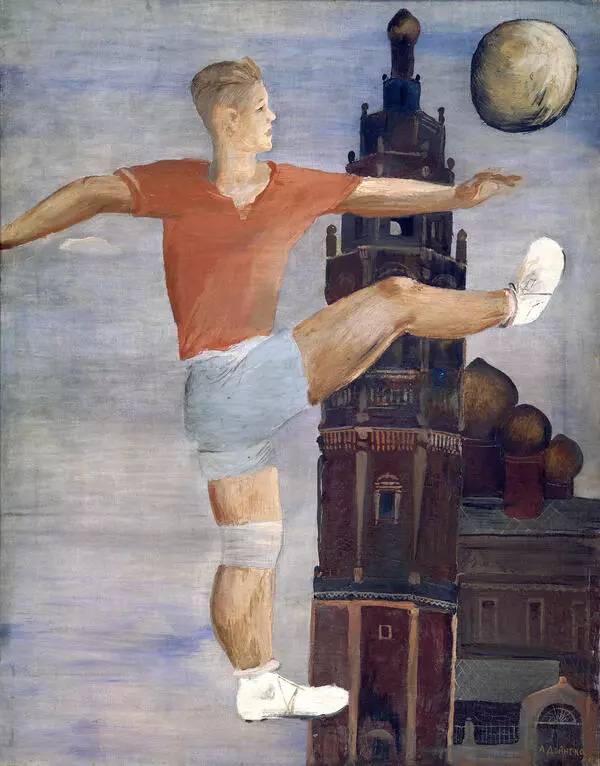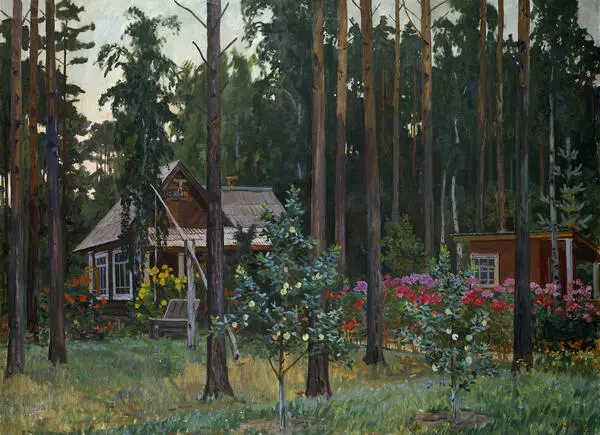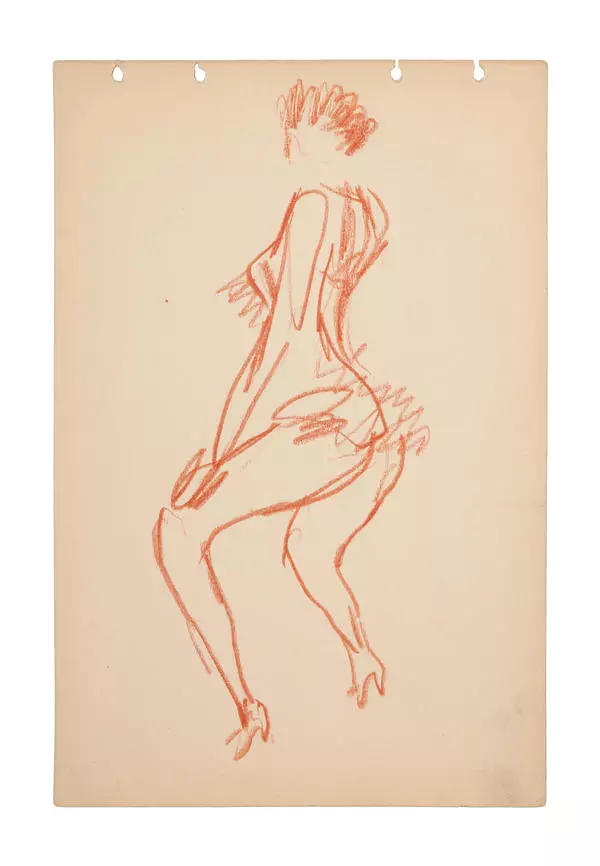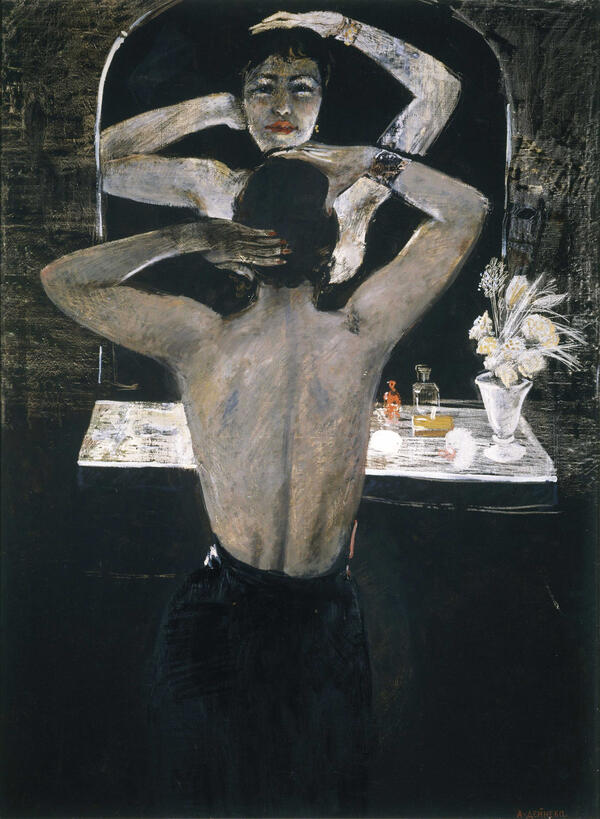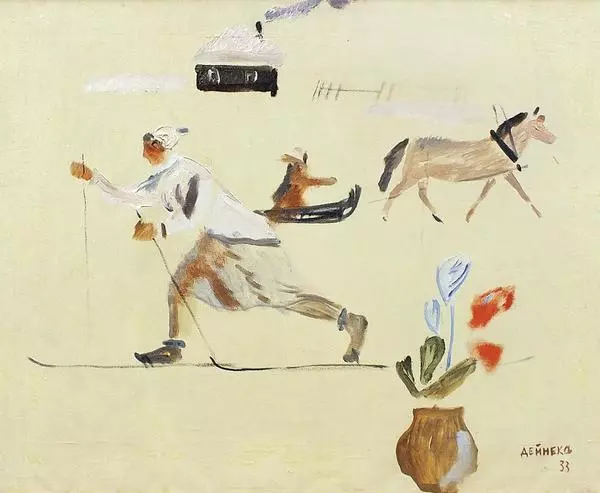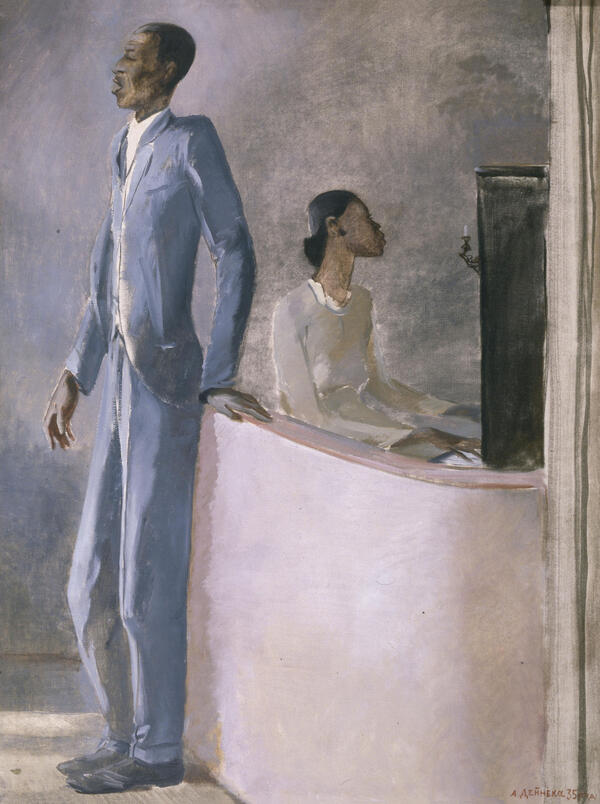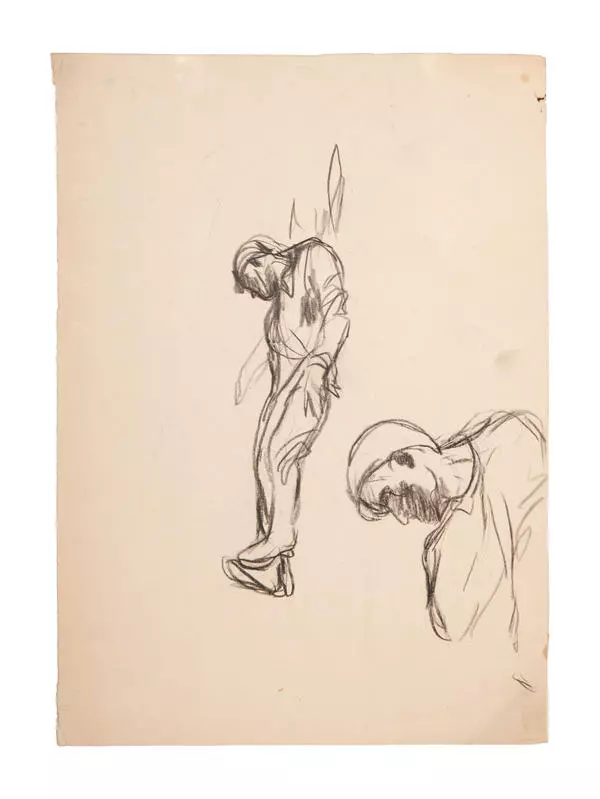‘A Windy Day’ from the collection of the Tyumen Museum and Educational Society is a painting by Aleksandr Deyneka — a Soviet painter, sculptor, graphic artist, teacher, member of the Academy of Arts and laureate of the Lenin prize. The young artist as well as many of his contemporaries was affected by the revolutionary events. He worked as a photographer at the Criminal Investigation Department, a decorator of propaganda trains and a theatre designer. During the Great Patriotic War, he participated in the defense of Kursk.
Deyneka manifested his bright artistic personality at his first large exhibition in 1924, where he participated together with Andrey Goncharov and Yuri Pimenov as one of their ‘Union of the Three’. The creative approach of the ‘Union of the Three’ largely inspired establishing the Society of Easel Painters. It was the most forward artistic society of the 1920s consisting of young painters. Their charter, among other things, stated the following principles: to be revolutionarily modern and straightforward in choosing the subjects, to strive for absolute mastery in figurative easel painting, drawing and sculpture in the process of further development of their form in the recent years; to aim at completing the painting and to focus on the artistic youth. Therefore, the ideology of the Society of Easel Painters fully coincided with Deyneka’s creative and political ideas. Soon, however, all the different artistic associations were dismissed and the Union of Soviet Artists was established.
The landscapes by Aleksandr Deyneka reflected industrialization of the time. “A Windy Day” bears no typical signs of the time, but perfectly matches the style of that epoch. The space of the large horizontal canvas shows the contrast of severe nature and naked bodies of the bathing women — the artist often made his admiration for healthy bodies the subject of his paintings. A large-scale panorama of the river is filled with the sense of cold and strong wind. “A Windy Day” is dated 1940 — the year before the war. Historians of art view this landscape as premonition of the upcoming catastrophe.
Deyneka manifested his bright artistic personality at his first large exhibition in 1924, where he participated together with Andrey Goncharov and Yuri Pimenov as one of their ‘Union of the Three’. The creative approach of the ‘Union of the Three’ largely inspired establishing the Society of Easel Painters. It was the most forward artistic society of the 1920s consisting of young painters. Their charter, among other things, stated the following principles: to be revolutionarily modern and straightforward in choosing the subjects, to strive for absolute mastery in figurative easel painting, drawing and sculpture in the process of further development of their form in the recent years; to aim at completing the painting and to focus on the artistic youth. Therefore, the ideology of the Society of Easel Painters fully coincided with Deyneka’s creative and political ideas. Soon, however, all the different artistic associations were dismissed and the Union of Soviet Artists was established.
The landscapes by Aleksandr Deyneka reflected industrialization of the time. “A Windy Day” bears no typical signs of the time, but perfectly matches the style of that epoch. The space of the large horizontal canvas shows the contrast of severe nature and naked bodies of the bathing women — the artist often made his admiration for healthy bodies the subject of his paintings. A large-scale panorama of the river is filled with the sense of cold and strong wind. “A Windy Day” is dated 1940 — the year before the war. Historians of art view this landscape as premonition of the upcoming catastrophe.

